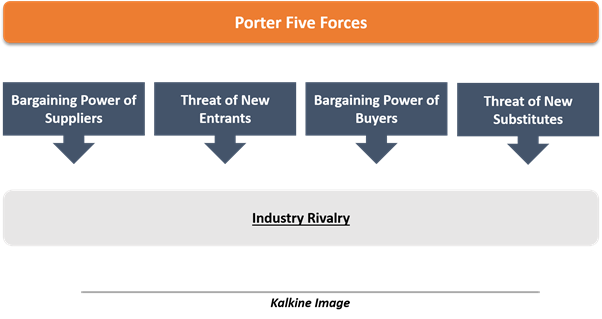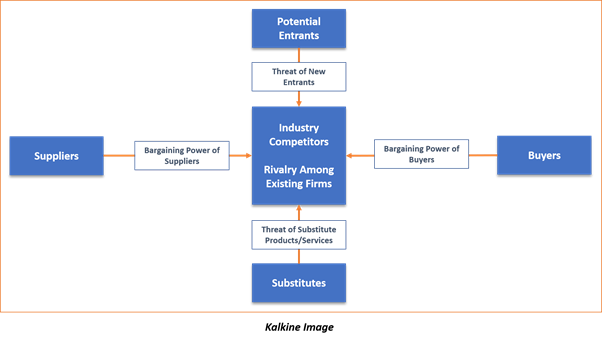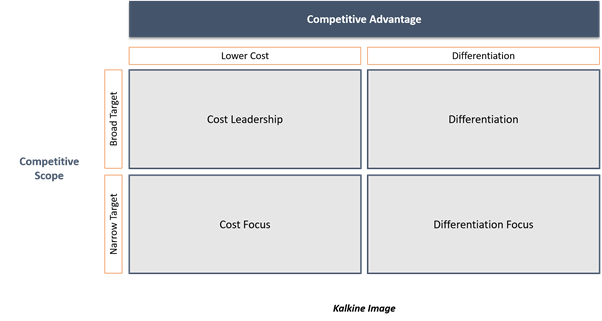History of competitive advantage
Competitive advantage theory was formulated by Michael E. Porter, who is a professor at Harvard University. He is credited with developing five forces analysis, competitive strategy, competitive advantage, competitive advantages of nations and many more.
As an influential figure in the field of business and economics, Mr Porter continues to influence the business world with his works.

What is a competitive advantage?
Competitive advantages allow the company to operate better off its competitors. It eventually enables the business to deliver superior margins and shareholder value. Mr Porter formulated four competitive strategies to achieve competitive advantages.
Competition impact firms extensively. It is a key challenge for firms to develop a sustainable competitive advantage over other firms in the same industry. Competitive advantages enable a firm to deliver greater value to the customers.
Every firm must have at least one competitive advantage to have a foothold in the market. In the absence of any competitive advantage, the other competing firms are likely to muscle out the firm from the market.
Competitive advantage can be in terms of better margins, brand awareness, higher return on assets, valuable resources like employees. A sustainable competitive advantage will enable a firm to deliver above-average profitability in the long run.
Internal culture and capability also impact the competitiveness of the firms such as innovation, research and development, implementation, cohesive culture. Competitive strategy is a path for the firm to attain a constructive competitive position.
Industry dynamics also impact firms. Some industries have higher profitability, some have lower profitability. The opportunities across industries also vary, and sustained profitability would not be possible in some industries.
But in each industry, there would be firms with better than average profitability irrespective of overall profitability of the industry. Meanwhile, there will be firms in a very attractive industry that are not able to deliver the expected magnitude of profits.
It is important to note that industry dynamics and competition also evolves over time. The rise of disruptive technology in an industry can derail the existing leading players in the industry, eventually, a stable competitive position can be disrupted.

Mr Porter’s five competitive forces determine the dynamics of an industry, and these five forces set the trajectory for competition in the industry. Based on these five forces, firms tend to develop their competitive strategy to attain competitive advantage: cost leadership and differentiation.
Five forces model and industry analysis
An industry’s profitability, competition, and attractiveness are determined by five forces model. Firms develop their competitive strategy based on the standard of competition in the industry that also determines the attractiveness of the industry.

A competitive strategy of the firm seeks to bend these five forces into its favour. These five forces are the bargaining power of suppliers, the bargaining power of buyers, the threat of substitute products or services, the threat of new entrants, and the rivalry among competing firms.
A firm’s profitability also depends on its ability to generate a return on investment above its cost of capital, and these five forces are influential in establishing the path for profitability for a firm to some extent.
These five forces control the prices, costs, and investment of several players in any industry. The prices charged by the firms are impacted by the buying power of consumers and threat of substitutes.
Buying power also influences the cost and capital of the product, while the bargaining power of suppliers impacts the cost of inputs used in the production of goods and services. The threat of entrants not only influence the prices of products but costs as well.
Competitive Strategies

The 3 strategies include cost leadership, differentiation, and focus, further is further bifurcated into cost focus and differentiation focus.
Cost Leadership
As a competitive strategy, it allows firms to gain a competitive advantage over the rival firm. Under cost leadership, the firm seeks to minimise the cost incurred in delivering goods or services. A Firm is required to be a leader in terms of costs in its industry.
But there always remains a continuous threat of low-cost producers seeking to undercut the prices charged by the leader, therefore increasing their market share. As a result, firms with cost leadership seek to maintain pole position in terms of costs.
Since cost-reducing strategies could be replicated easily, the emphasis is on continuously developing an internal process to maintain cost advantage. Firms under this strategy improve profits by lowering costs, despite charging similar prices. Or increase market share by charging a lower price yet making profits since the cost are lowered on each sale.
Differentiation
Under this strategy, firms develop products or services having different attributes compared to offerings of the rival firms. A differentiated product could be unique based on features, services, functionality, durability, support, guarantee, warranty, brand image etc.
Firms pursuing differentiated strategy are required to undertake research and development, innovation. They should have the prowess to deliver high-quality offerings to the consumers. It is also expected that firms must have effective marketing and sales channels.
At the same time, firms should be agile enough to develop new products with even more differentiated features since rival firms will continue to knock doors with similar products to gain market share.
Focus
Under this strategy, firms seek to target a certain part of the market or certain demographic of the market. It is understood that unique customer needs are evaluated, therefore a differentiated product or cost advantage is developed.
As customers are served uniquely through differentiation strategy, brand loyalty is increased among customers, which are likely to stick with one brand because the utility to the customer is much greater than the available substitutes.
Focus strategy seeks to provide relatively better utility to the customers because only a small part of the market is targeted, irrespective of cost or differentiation focus. Firms using focus strategy are usually small to compete in a broader market and emphasise on delivering the best utility to a niche segment in the market.
 Please wait processing your request...
Please wait processing your request...